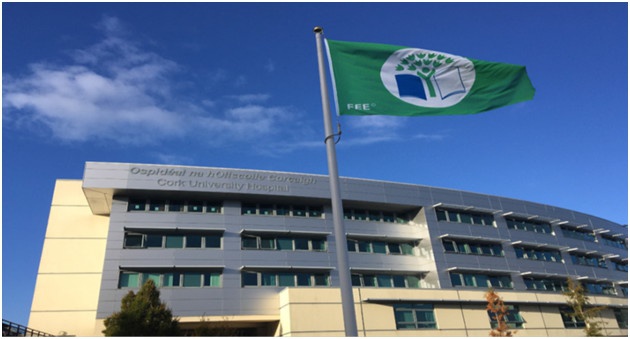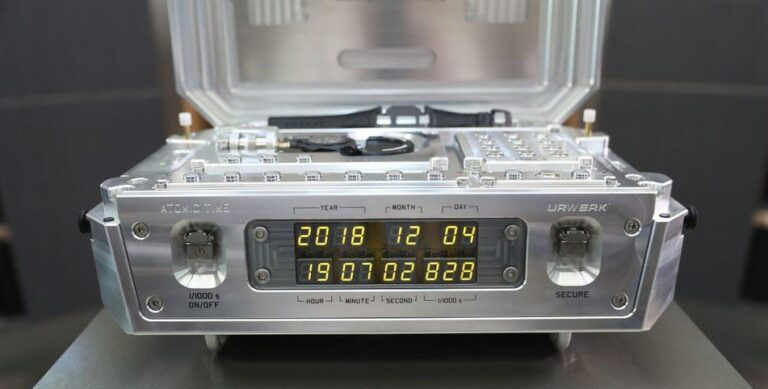
Nowhere is DARPA more relevant today than at Quantum Valley Ideas Lab (QVIL), a not-for-profit applied research institute in Waterloo, Ont., which is participating in two new DARPA programs that aim to move quantum technologies out of the laboratory and into the real world. defence-related R&D agency a key innovation promise. ACES and these other efforts are essential for reducing reliance on GPS and diversifying the military’s PNT data.Quantum Valley Ideas Lab gets DARPA funding to develop quantum sensing technologies Lindsay BorthwickĭARPA is on everyone’s lips as more than one federal party made a Canadian version of the U.S. Other agencies and services are developing their own ways to provide or verify alternative PNT, such as the Space Development Agency’s desire to build an alternative PNT layer in their proposed proliferated constellation of small satellites.
#Darpa program aims to atomic clocks full
But full M-Code is still years away, and even then the satellites remain vulnerable to attack.ĪCES is just one part of that effort to find alternative sources of PNT. While the Air Force is working to make the GPS signal more robust with the launch of a new generation of GPS satellites and the development of M-Code.

Adversaries have developed jamming technologies that can block GPS signals, and the satellites themselves could, theoretically, be attacked or disabled. GPS remains the gold standard for PNT data, but it’s vulnerable. It also has many civilian applications, such as commerce and banking. Specifically, the highly accurate timing data provided through GPS is vital for many DoD platforms, from communications to navigation to platform coordination. The main source of PNT data is the GPS satellite constellation, which supplies that information globally via satellite signal. Work on those efforts continues, and DARPA claims that advancements in fabrication has reduced some of the high costs associated with building chip-sized atomic computers.ĭeveloping alternative PNT systems for when GPS is denied has long been a priority for the military, “The target metrics we outlined for the ACES program are lofty, but as we enter the third phase of the program, researchers are already demonstrating engineering successes including reduced SWaP, lab-proven atomic clock technologies, as well as early prototypes of future clock architectures," said Burke. A third team led by Honeywell has shown success in developing precision atomic sensors that can support atomic clock miniaturization. The experimental clock uses far less power than current chip-sized atomic clocks and provides 50 times better accuracy.


The National Institute of Standards and Technology has also succeeded in developing a miniature atomic clock ― this one the size of three small chips and some supporting equipment. The new atomic clock is immune to temperature and environmental issues, DARPA officials said, making them 100 times better than what was previously available. One team headed up by NASA’s Jet Propulsion Laboratory has demonstrated an experimental chip-sized atomic clock that meets the target metrics set out in ACES. 20 DARPA announced that three teams working on the problem were making progress.


 0 kommentar(er)
0 kommentar(er)
